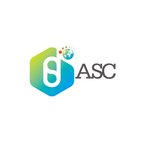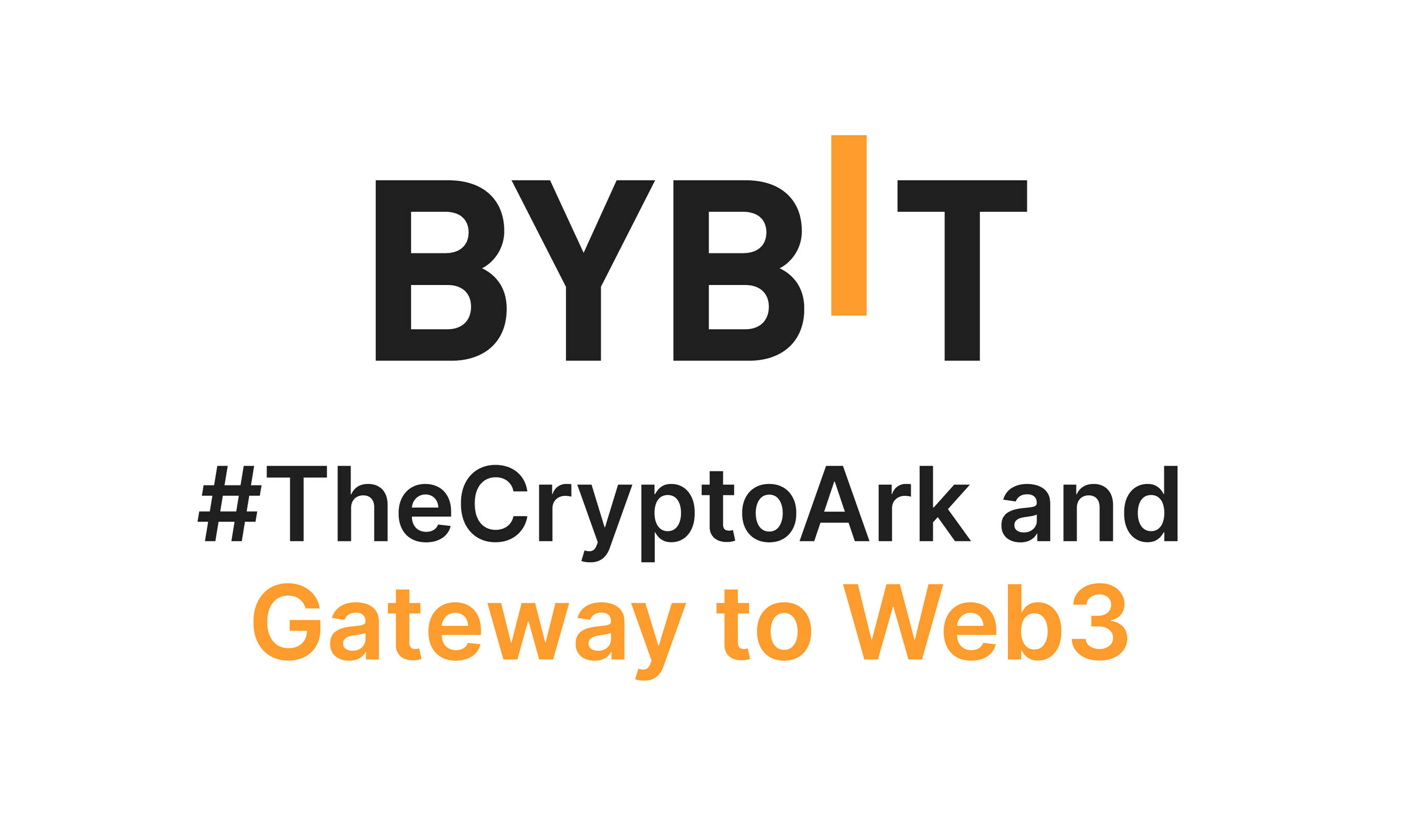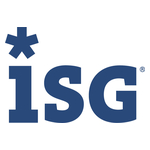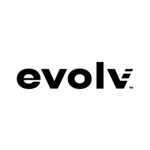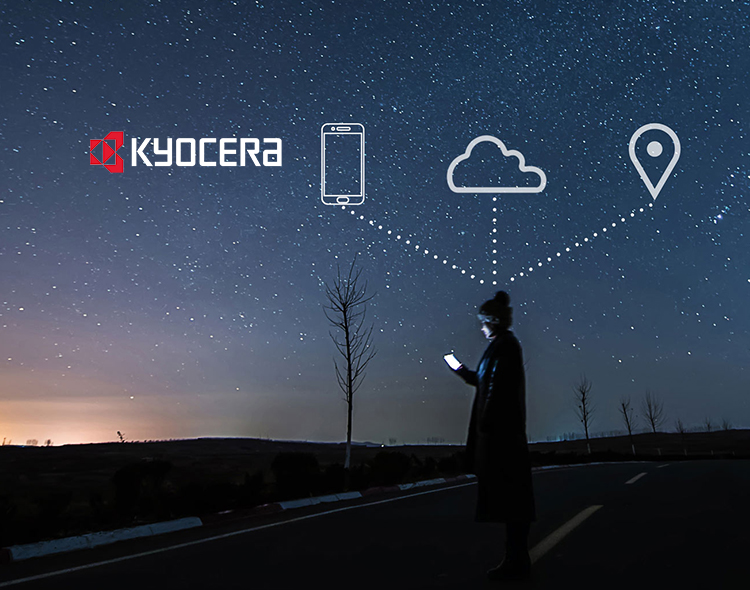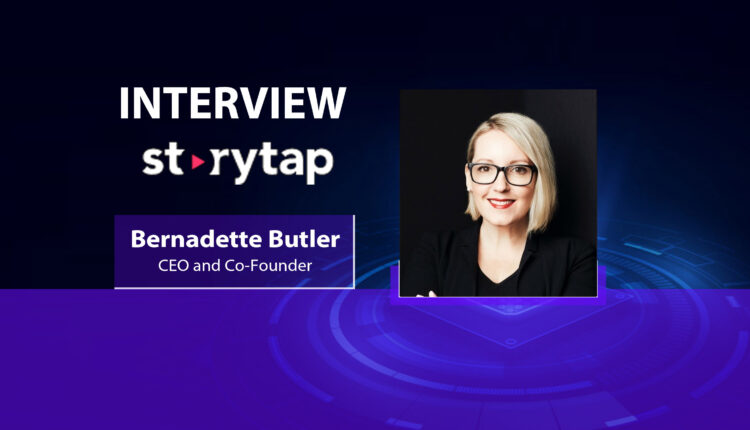
New and pending patents reflect IonQ’s leadership in quantum computing performance and scalability
Technical highlights include a new method for control and flexibility in gate operations and a unique low-error technique for controlling gate operations
IonQ Strengthens Technical Moat with its Latest Series of Issued Patents
IonQ Media contact:
Tyler Ogoshi
press@ionq.com
IonQ Investor Contact:
investors@ionq.co
IonQ (NYSE: IONQ), a leader in the quantum computing and networking industry, announced today the issuance of five new U.S. patents designed to deliver benefits across multiple industries and applications. With the pending acquisition of Qubitekk’s 118 patents, IonQ will have a total of over 600 U.S. and international issued and pending patents, standing apart from similarly-sized quantum companies based on its strength of IP protection and extensive combination of patents across different verticals.
IonQ has made strategic technological and architectural choices to uniquely balance the core elements of commercial advantage – performance, scale, and enterprise-grade capabilities – and these patents represent leadership in all of those key areas. The new patents announced today build upon IonQ’s technical achievements including quantum circuit optimization, improved gate operations, reduced noise, error mitigation techniques, and multi-beam improvements.
“The technical achievements and patents announced today provide a glimpse into how IonQ’s research and development teams are driving the production of scalable, high-performance, enterprise-grade systems,” said Dean Kassmann, SVP of Engineering & Technology at IonQ. “These patents signal to the industry our strong technical innovations and our strategic, well-considered path towards performance that provides commercial quantum advantage over classical computing.”
“IonQ’s robust and growing portfolio of patents is a direct result of the strategy set forth five years ago, which entails developing and owning quantum technologies across multiple industries and applications,” said Peter Chapman, President & CEO of IonQ. “These patents put IonQ in a position to continue to develop scalable, high performance systems to solve some of the world’s most complex questions, under the protection of the U.S. Patent and Trademark Office.”
Of the new patents, the most notable (US Patent No. 12,088,351) reflects the evolution of IonQ’s system architecture to significantly improve system performance. Instead of a single, large laser beam entering the ion trap from one side, the new architecture introduces multiple individual lasers that enter the ion trap from both sides. This architecture demonstrates new ways to accurately control long-chain ions and sets IonQ up to scale future systems.
Patent details include:
-
Performance: These patents include novel methods to increase control, efficiency, and flexibility of quantum systems to drive better performance for customer applications.
- US Patent No. 12,088,351, “Double Individual-Addressing Multi-Beam Raman System,” issued on September 10, 2024. The patent recognizes IonQ’s unique method for controlling the individual laser beams that are trapping its ion – both upon entry and exit. Whereas previous techniques offered control in only one direction, this new approach introduces a way to control the individual beams for each atom while requiring fewer laser beams overall – a critical hurdle to achieving scale.
- US Patent No. 12,033,031, titled “Quantum Circuit Optimization,” issued on July 9, 2024. The patent recognizes IonQ’s development of an optimization tool that compiles quantum algorithm code to run as efficiently as possible on physical quantum hardware.
- US Patent No. 12,056,573, titled “Amplitude, Frequency, and Phase Modulated Entangling Gates for Ion Trap Quantum Computers,” issued on August 6, 2024. The patent recognizes IonQ’s development of an efficient and effective way to control all features of laser beams that ‘trap’ ions in its systems. The technique provides maximum control and flexibility in how users conduct gate operations.
-
Error Handling: This patent highlights IonQ’s differentiating approaches to improving error correction and in turn, performance.
- US Patent No. 12,086,691, titled “Techniques for Controlling Small Angle Mølmer-Sørensen Gates and for Handling Asymmetric Spam Errors,” issued on September 10, 2024. The patent recognizes IonQ’s unique low-error technique for controlling gate operations, specific to Mølmer-Sørensen gates.
-
Scale: This patent highlights IonQ’s scalable manufacturing and computing techniques which further their enterprise-grade capabilities.
- US Patent No. 12,028,604, titled “Camera Server for Heterogeneous Cameras,” issued on July 2, 2024. The patent recognizes IonQ’s development of a global camera server that allows the use of different camera sets interchangeably across quantum systems when capturing snapshots of trapped ion, and subsequently provides a readout.
To learn more about IonQ and its latest system news and business developments, visit https://ionq.com/.
About IonQ
IonQ, Inc. is a leader in quantum computing that delivers high-performance systems capable of solving the world’s largest and most complex commercial and research use cases. IonQ’s current generation quantum computer, IonQ Forte, is the latest in a line of cutting-edge systems, boasting 36 algorithmic qubits. The company’s innovative technology and rapid growth were recognized in Fast Company’s 2023 Next Big Things in Tech List and Deloitte’s 2023 Technology Fast 500™ List, respectively. Available through all major cloud providers, IonQ is making quantum computing more accessible and impactful than ever before. Learn more at IonQ.com.
IonQ Forward-Looking Statements
This press release contains certain forward-looking statements within the meaning of Section 27A of the Securities Act of 1933, as amended, and Section 21E of the Securities Exchange Act of 1934, as amended. Some of the forward-looking statements can be identified by the use of forward-looking words. Statements that are not historical in nature, including the words ”critical,” “developing,” “development,” “scale,” “towards,” and other similar expressions are intended to identify forward-looking statements. These statements include those related to the anticipated closing of the Qubitekk acquisition, the acquisition of Qubitekk patents, the company’s technology driving commercial quantum advantage in the future, IonQ’s quantum computing capabilities and plans, the efficiency of quantum algorithms run on IonQ’s quantum computers, and the scalability of IonQ’s quantum computing offerings. Forward-looking statements are predictions, projections and other statements about future events that are based on current expectations and assumptions and, as a result, are subject to risks and uncertainties. Many factors could cause actual future events to differ materially from the forward-looking statements in this press release, including but not limited to: the conditions for closing the Qubtekk acquisition transaction not being met, including the entry into certain contracts and amendments to contracts; changes in laws and regulations affecting IonQ’s patents; IonQ’s ability to implement its technical roadmap; or IonQ’s ability to maintain or obtain patent protection for its products and technology, including with sufficient breadth to provide a competitive advantage. You should carefully consider the foregoing factors and the other risks and uncertainties disclosed in the Company’s filings, including but not limited to those described in the “Risk Factors” section of IonQ’s most recent Quarterly Report on Form 10-Q and other documents filed by IonQ from time to time with the Securities and Exchange Commission. These filings identify and address other important risks and uncertainties that could cause actual events and results to differ materially from those contained in the forward-looking statements. Forward-looking statements speak only as of the date they are made. Readers are cautioned not to put undue reliance on forward-looking statements, and IonQ assumes no obligation and does not intend to update or revise these forward-looking statements, whether as a result of new information, future events, or otherwise. IonQ does not give any assurance that it will achieve its expectations. IonQ may or may not choose to practice or otherwise use the inventions described in the issued patents in the future.
View source version on businesswire.com: https://www.businesswire.com/news/home/20241112184357/en/

